Dibucaine Hydrochloride CAS 61-12-1 for Pain Killer
Product Description
Name: Dibucaine hydrochloride
English Name: Cinchocaine hydrochloride;2 – {[(2-butoxyquinolin-4-yl) carbonyl] amino} -N, N-diethylethanaminium chloride; 2-butoxy-N- [2- (diethylamino) ethyl] quinoline-4-carboxamide dihydrochloride; Dibucaine HCl; Cinchocaine HCl
CAS: 61-12-1
EINECS number: 200-498-1
Molecular formula: C20H31Cl2N3O2
Molecular weight: 416.385
MP: 99-101 º C
Boiling point: 544.7 ° C at 760 mmHg
Flash Point: 283.2 ° C
Vapor Pressure: 3.37E-12mmHg at 25 ° C
Properties: MP 99-101 ° C
Product use: A local anesthetic of the amide type now generally used for surface anesthesia.
Dosage
0.3% to 0.5% ointment for local anesthesia on the skin and mucous membranes, subarachnoid block: 0.2% to 0.25% heavy heavy
Limited to adult subarachnoid block, generally limited to 10mg, shall not exceed 15-20mg.
Preparation and specifications: hydrochloride cocaine injection 2ml: 10mg.
1. Cream 0.5%, applied to the skin affected area, each prescription for 24 hours, adult 30mg is limited to children 2.5 ~ 5.0mg.
2. Ointment 1%, for the hemorrhoid coated surface of the lesion, early, late and after a time.
Epidural anesthesia and spinal anesthesia with 0.2-0.25% solution, total 7.5-12mg; surface anesthesia with 0.05-0.2% solution; infiltration anesthesia with 0.01-0.1% solution, the total does not exceed 15mg.
Description:
Dibucaine HCl is an amide local anesthetic. Among the most potent and toxic of the long-acting local anesthetics, current use of cinchocaine is generally restricted to spinal and topical anesthesia.[1][2] It is sold under the brand names Cincain, Nupercainal, Nupercaine and Sovcaine.
COA:
| Test |
Analysis Standard |
Results |
| Description |
White Or Almost White Crystalline Powder |
White Crystalline Powder |
| Melting Point |
63℃-69℃ |
65℃-68℃ |
| Specific Rotation |
+20?+30° |
+25.6° |
| Loss On Drying |
≤0.5% |
0.32% |
| Residue On Ignition |
≤0.1% |
0.02% |
| Assay |
≥97% |
98.7% |
| Conclusion |
Be Conform With Enterprise Standard |






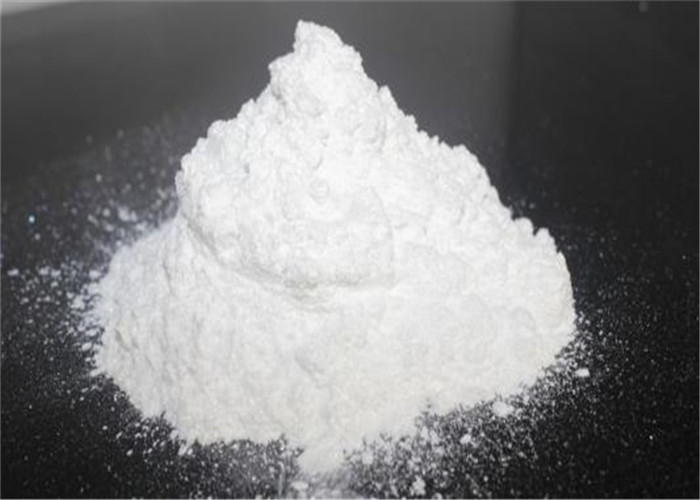
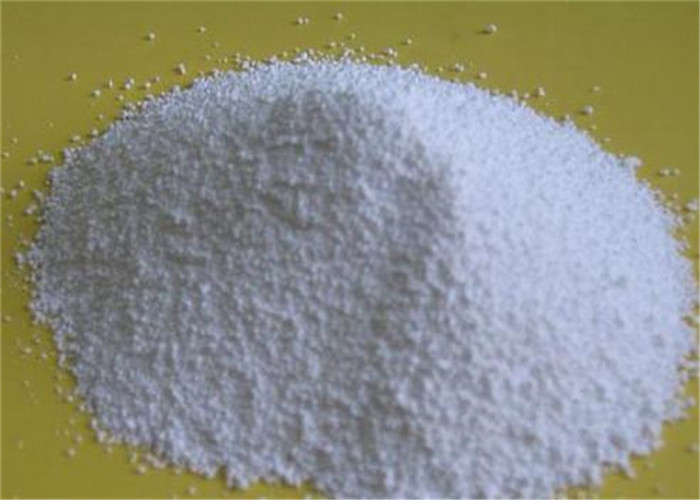
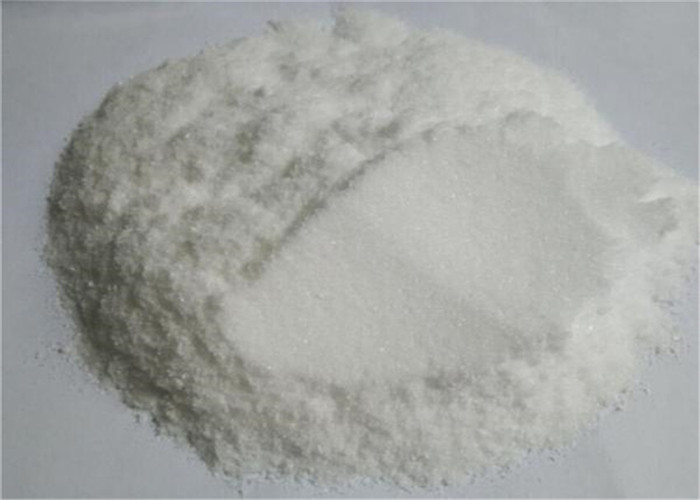
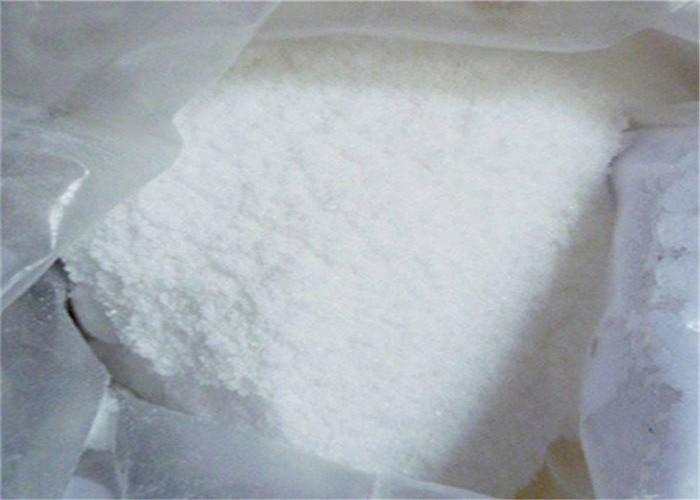
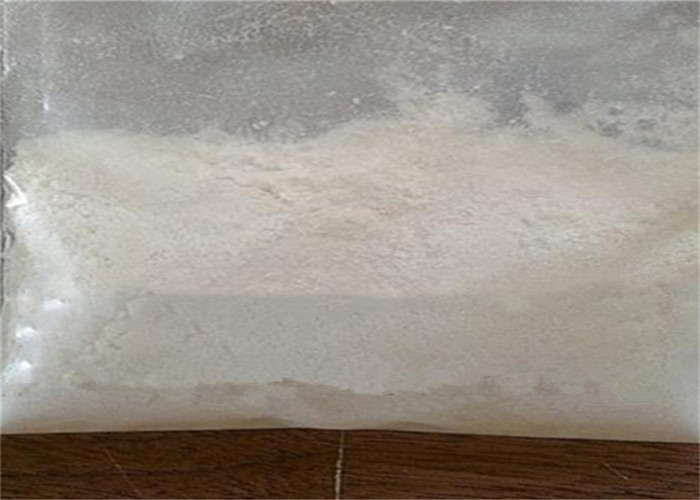
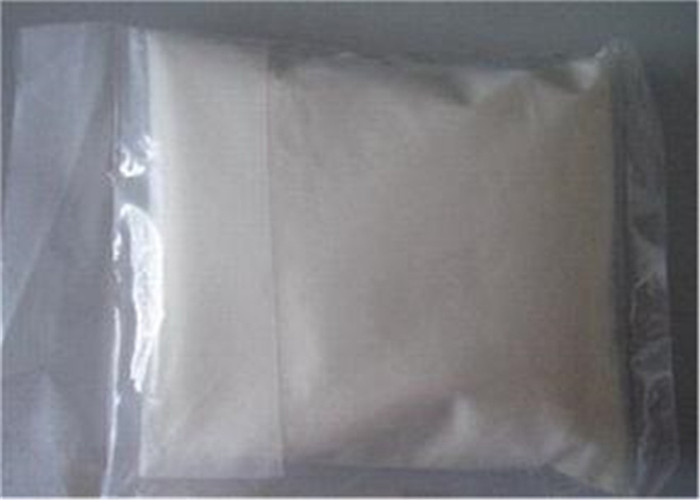



 Sales Manager
Sales Manager